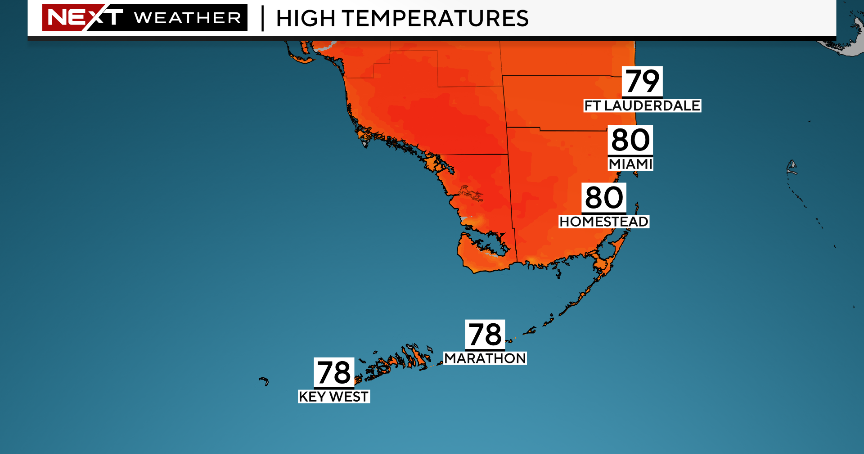ISS Astronauts Capture The Dragon
CAPE CANAVERAL (CBSMiami/AP) — It's the start of a new era in space technology. Friday, the first-ever private spacecraft arrived at the International Space Station, making history as the first commercial delivery in orbit.
Astronauts Donald Pettit and Andre Kuipers used the space station's robot arm to snare the privately bankrolled Dragon capsule after a few hours of extra maneuvering.
The unmanned SpaceX Dragon was on track most of the morning to deliver a half-ton of supplies and become the first commercial vessel to visit the space station. But as the capsule drew within 100 feet, flight controllers commanded it to retreat.
The capsule backed off to 230 feet as the SpaceX company worked to resolve a problem with the on-board tracking sensors. Stray reflections from the Japanese part of the space station were interfering with the Dragon's laser-based sensors, officials said. SpaceX mission controllers quickly fixed the trouble and resumed the docking operation.
On Thursday, the capsule came within 1½ miles of the space station in a practice fly-by. It returned to the neighborhood early Friday so Kuipers and Pettit could capture it with a robot arm. First, the capsule went through a series of stop-and-go demonstrations to prove it was under good operating control.
NASA ordered extra checks of the Dragon's imagers as the capsule drew ever closer to the space station, putting the entire operation slightly behind schedule. Given that the Dragon is a brand new type of vehicle and this is a test flight, the space agency said it wanted to proceed cautiously.
A collision at orbital speed — 17,500 mph — could prove disastrous for the space station.
This is the first time a private company has launched a vessel to the space station, an achievement previously reserved for a small, elite group of government agencies.
NASA is handing over routine orbital flights to private business so it can concentrate on grander destinations like asteroids and Mars. The California-based SpaceX company is leading the charge under billionaire Elon Musk, who helped create PayPal.
Musk said he can have astronauts riding his Dragon capsules to orbit in three or four years.
His Falcon 9 rockets lift off from Cape Canaveral.
The space station has been relying on Russian, Japanese and European cargo ships ever since the shuttles retired. None of those, however, can bring anything of value back; they're simply loaded with trash and burn up in the atmosphere.
By contrast, the Dragon is designed to safely re-enter the atmosphere, parachuting into the ocean like the Mercury, Gemini and Apollo capsules did back in the 1960s. Assuming all goes well Friday, the space station's six-man crew will release the Dragon next Thursday after filling it with science experiments and equipment.
(TM and © Copyright 2012 CBS Radio Inc. and its relevant subsidiaries. CBS RADIO and EYE Logo TM and Copyright 2012 CBS Broadcasting Inc. Used under license. All Rights Reserved. This material may not be published, broadcast, rewritten, or redistributed. The Associated Press contributed to this report.)



